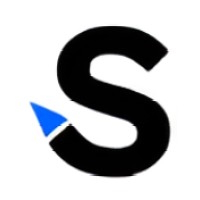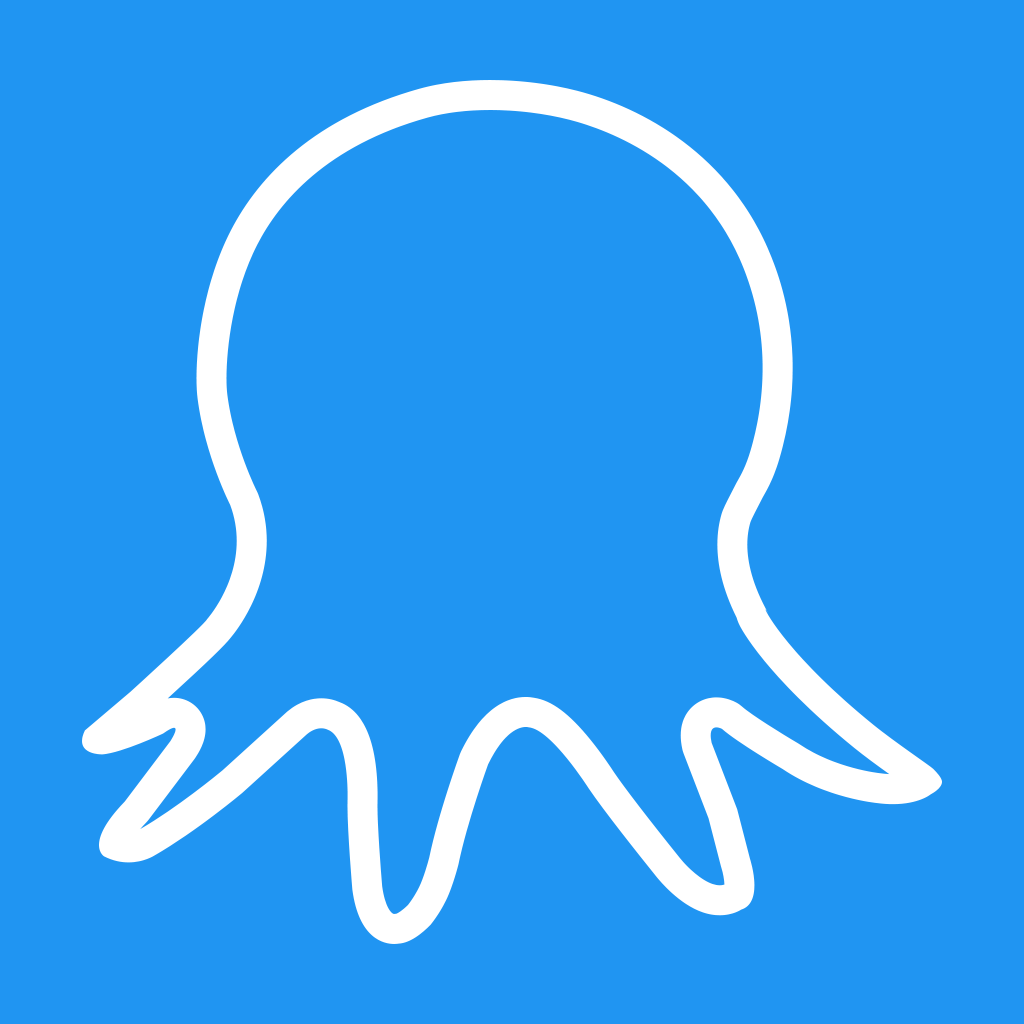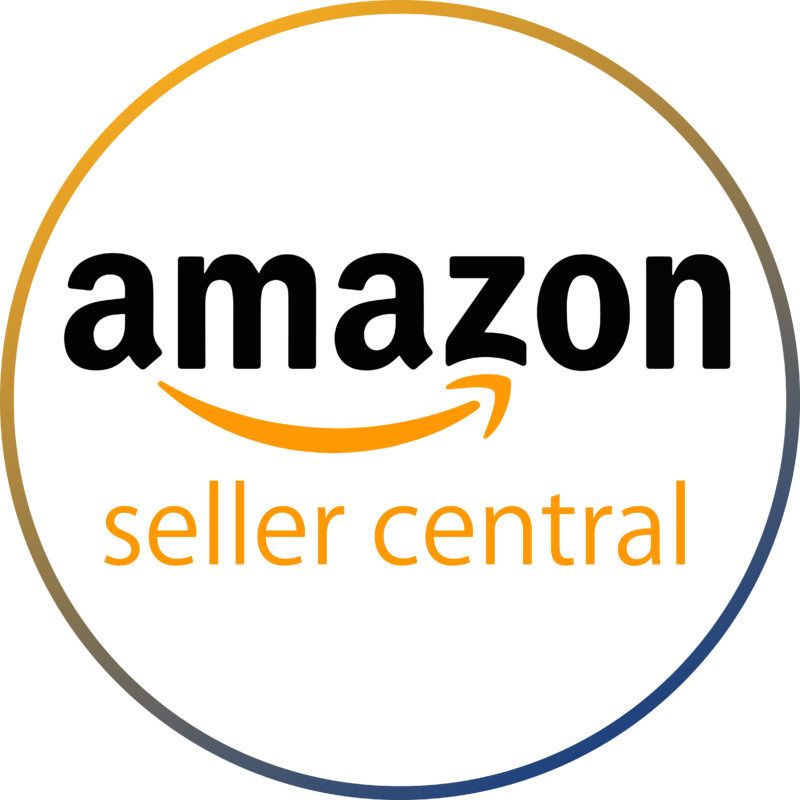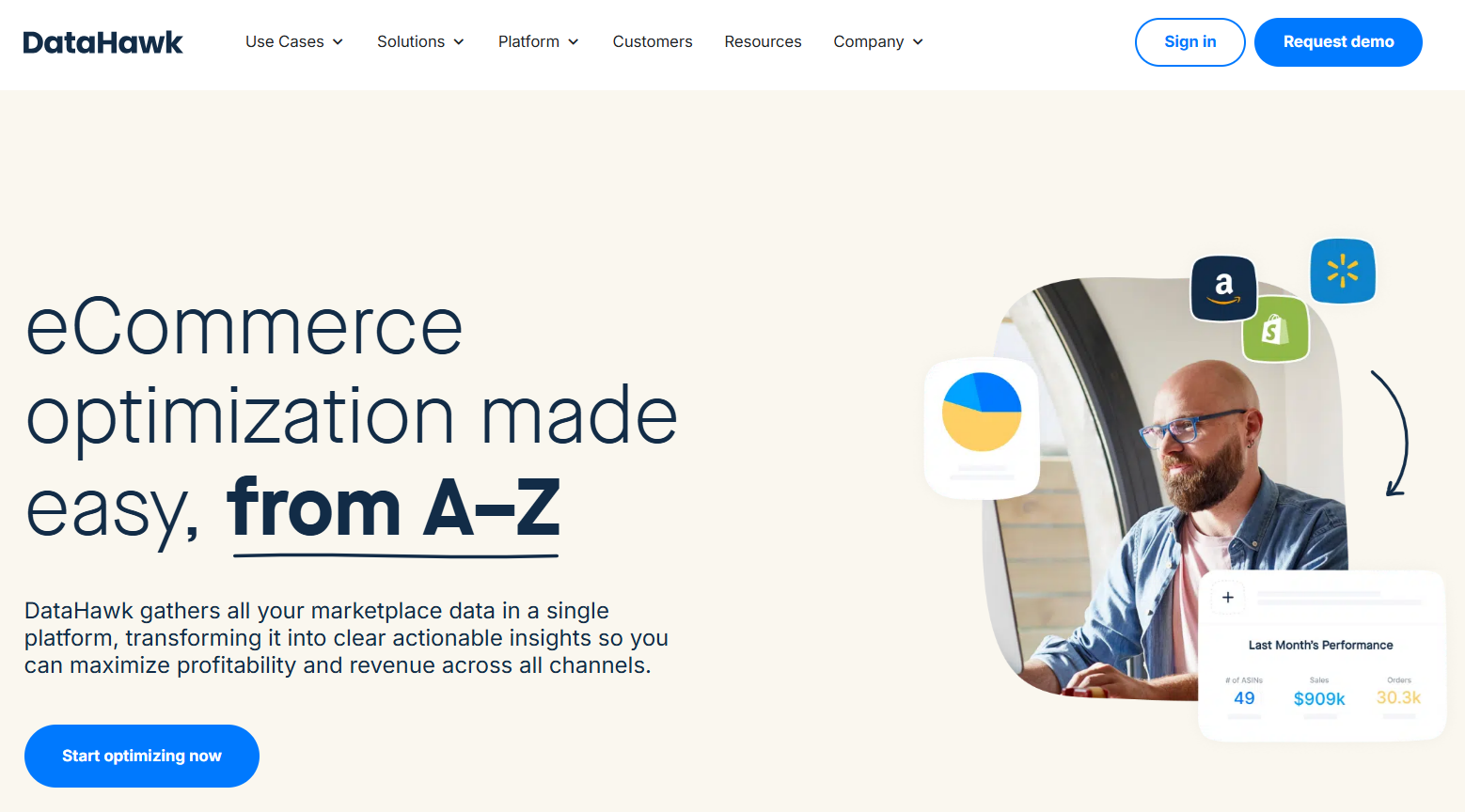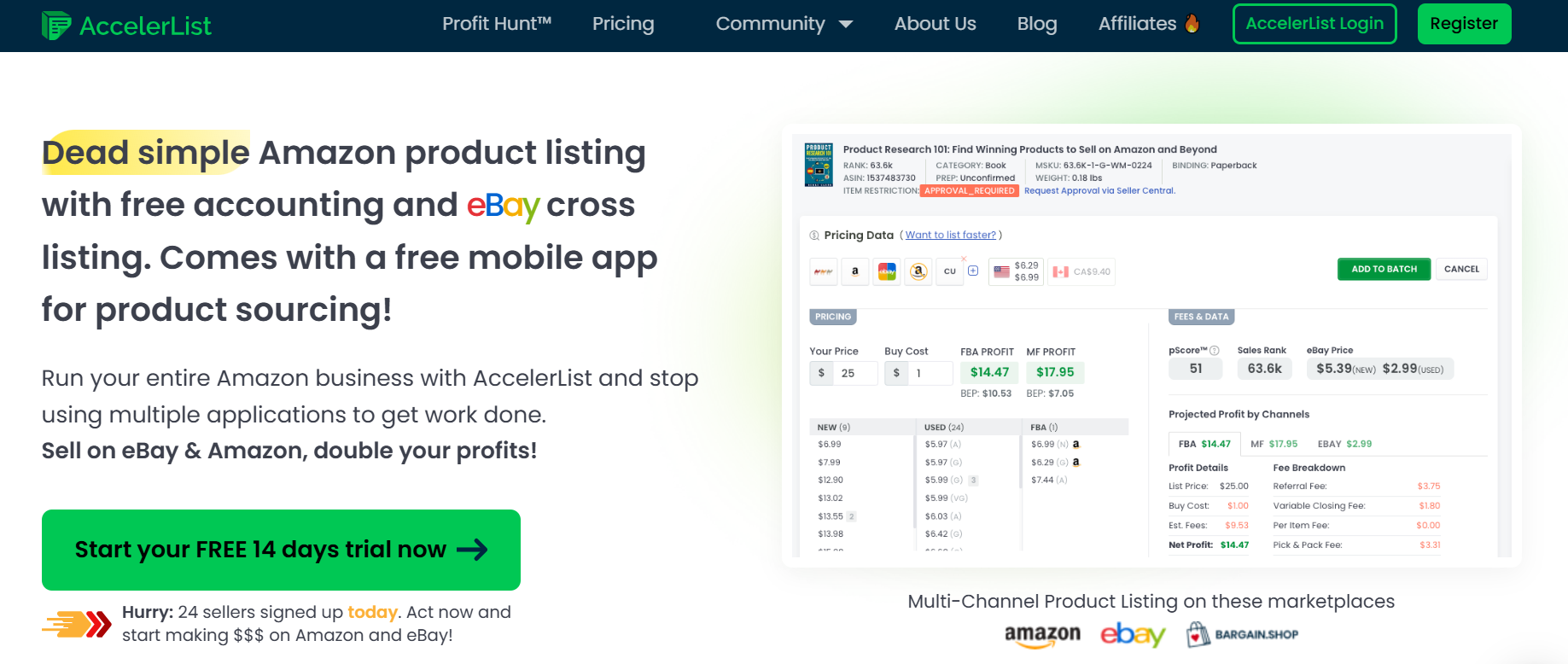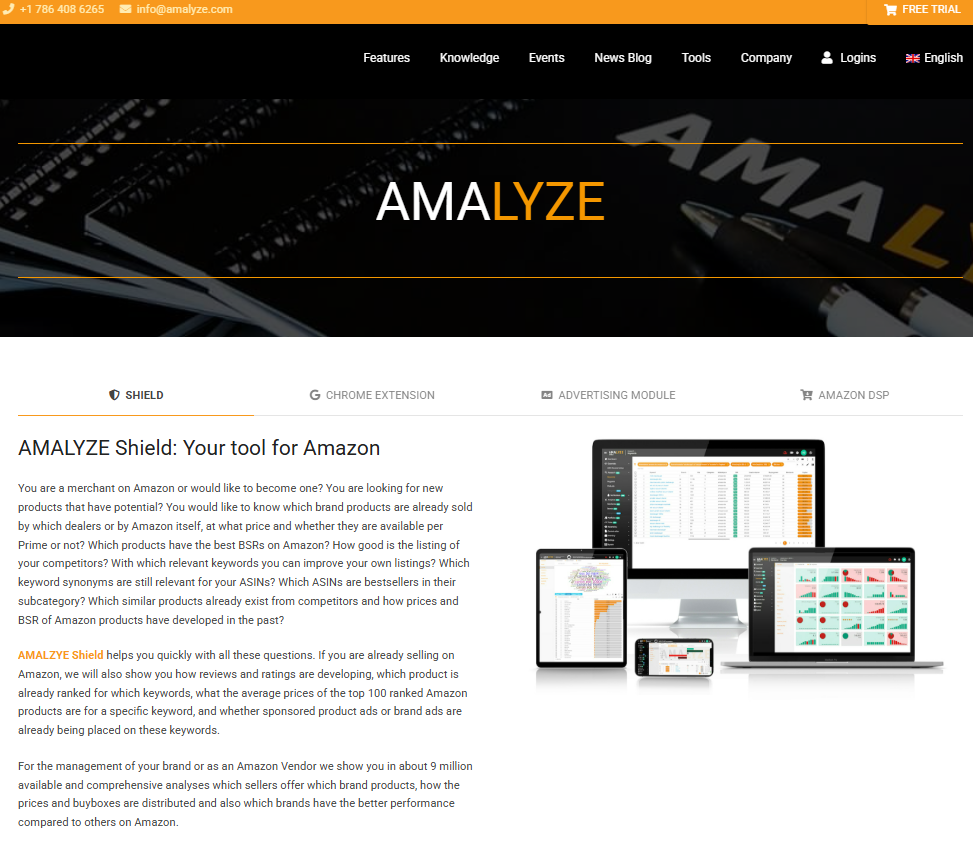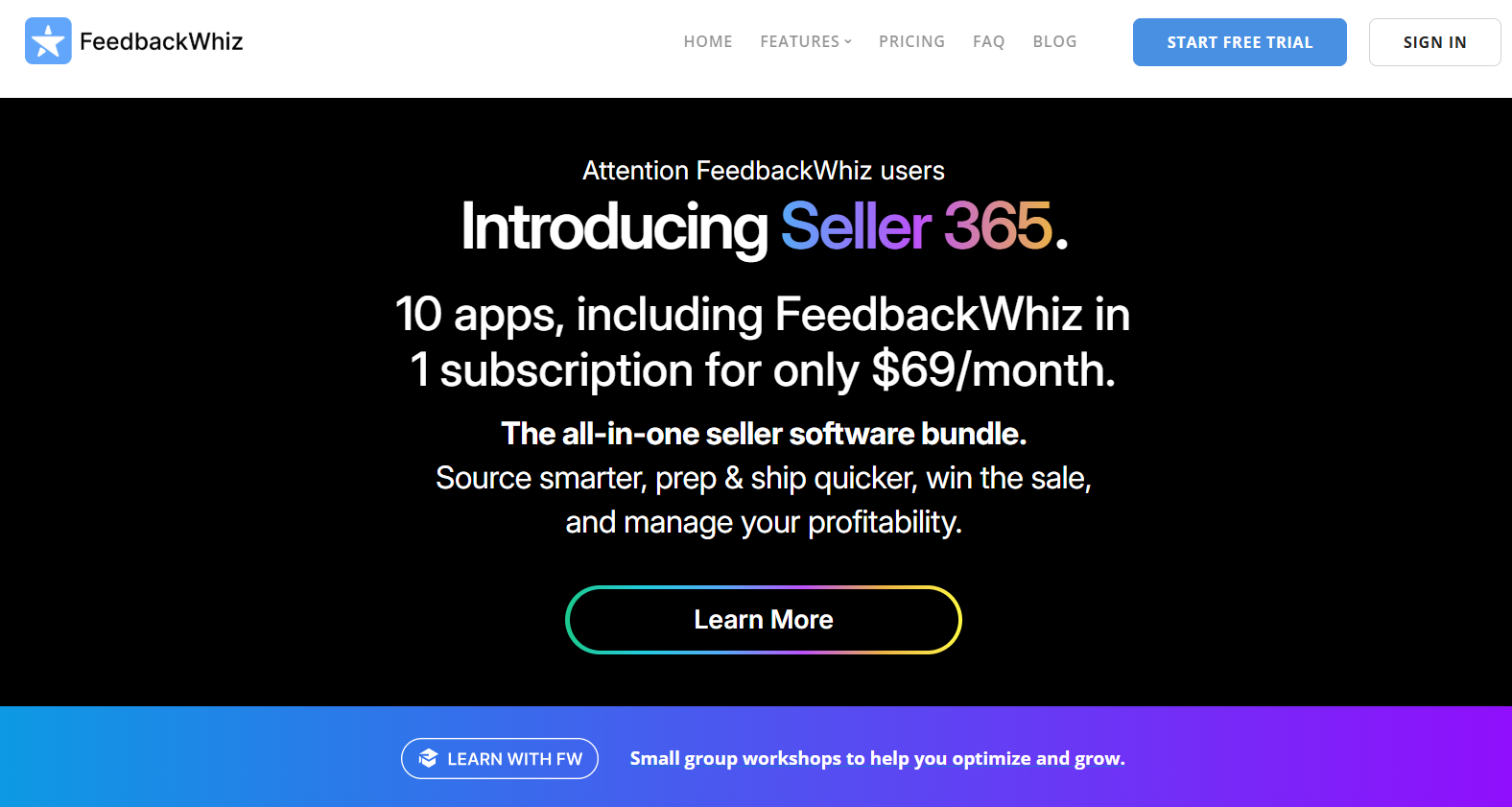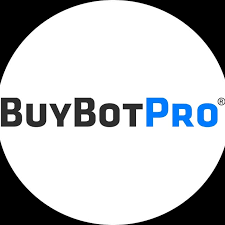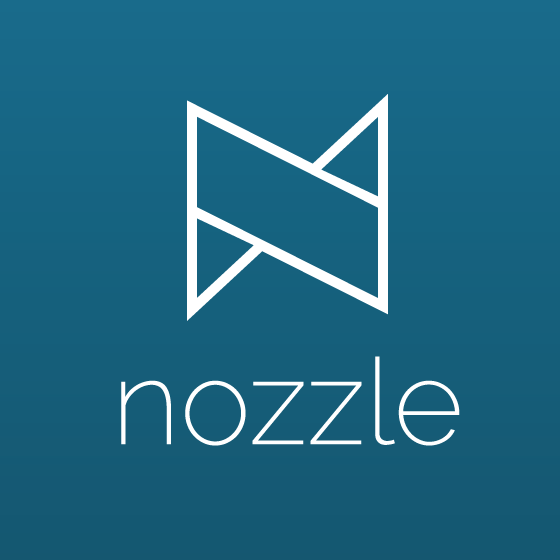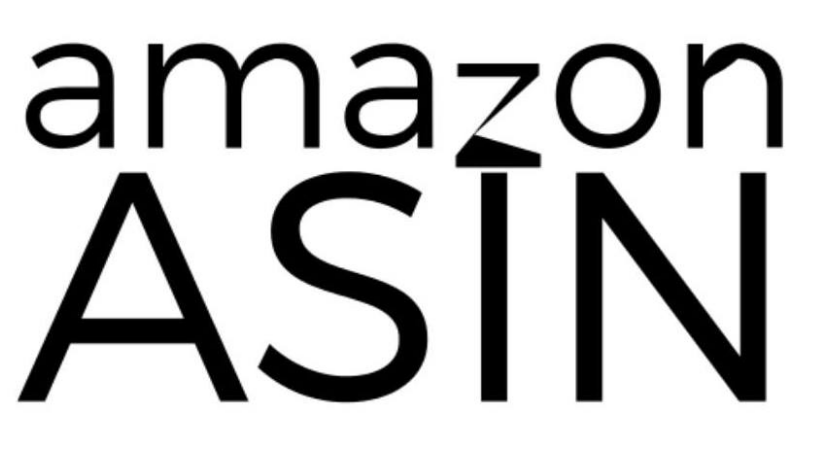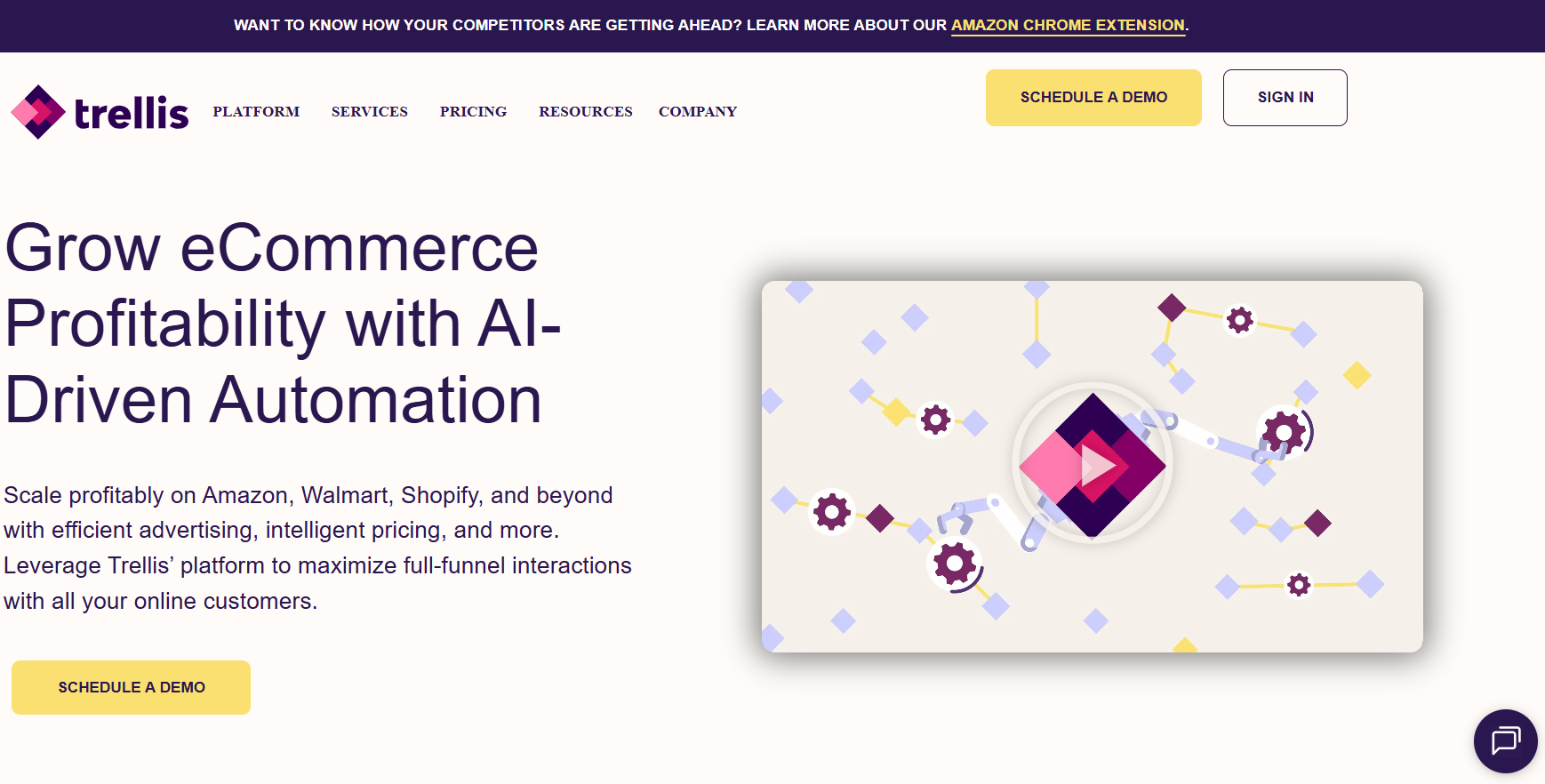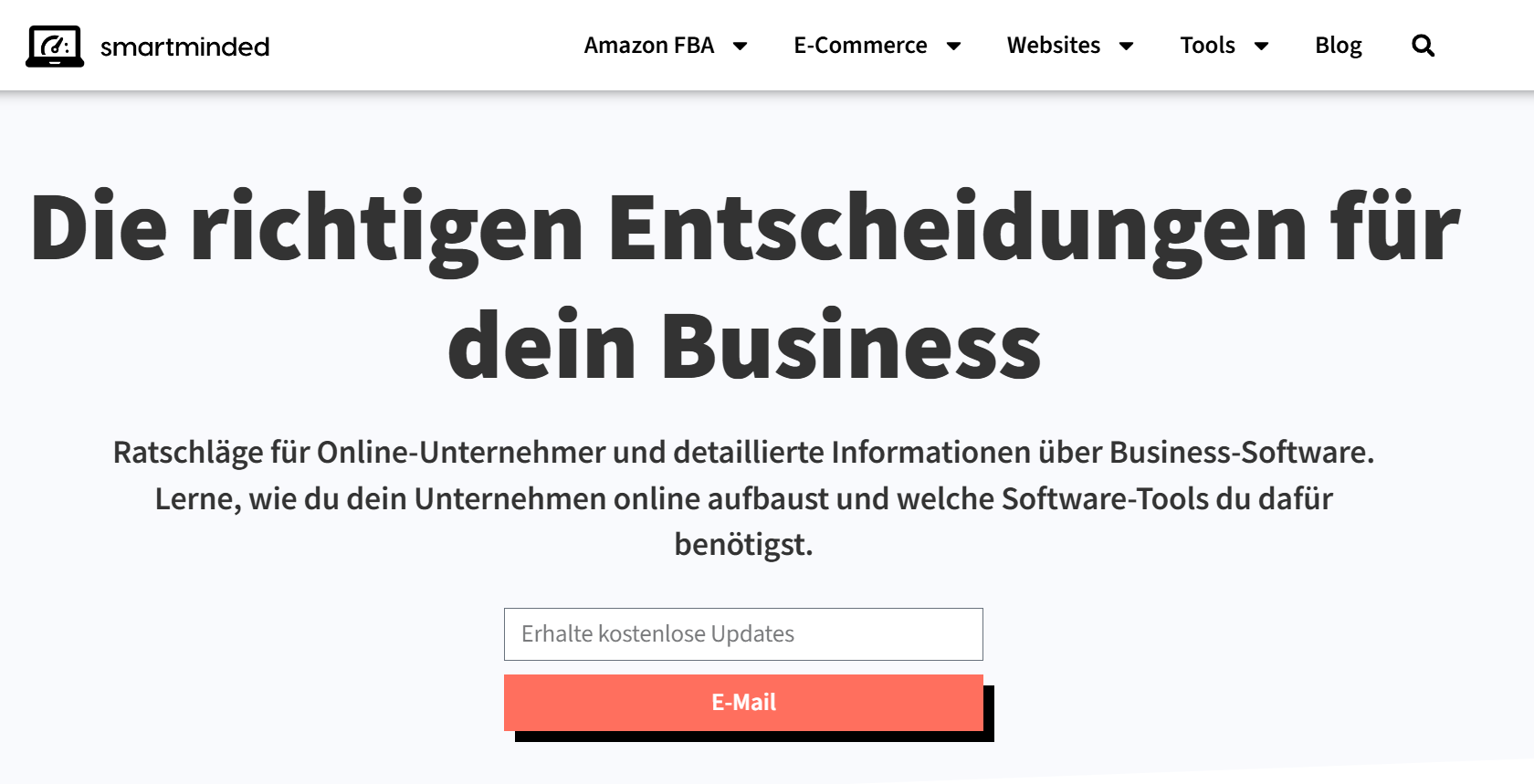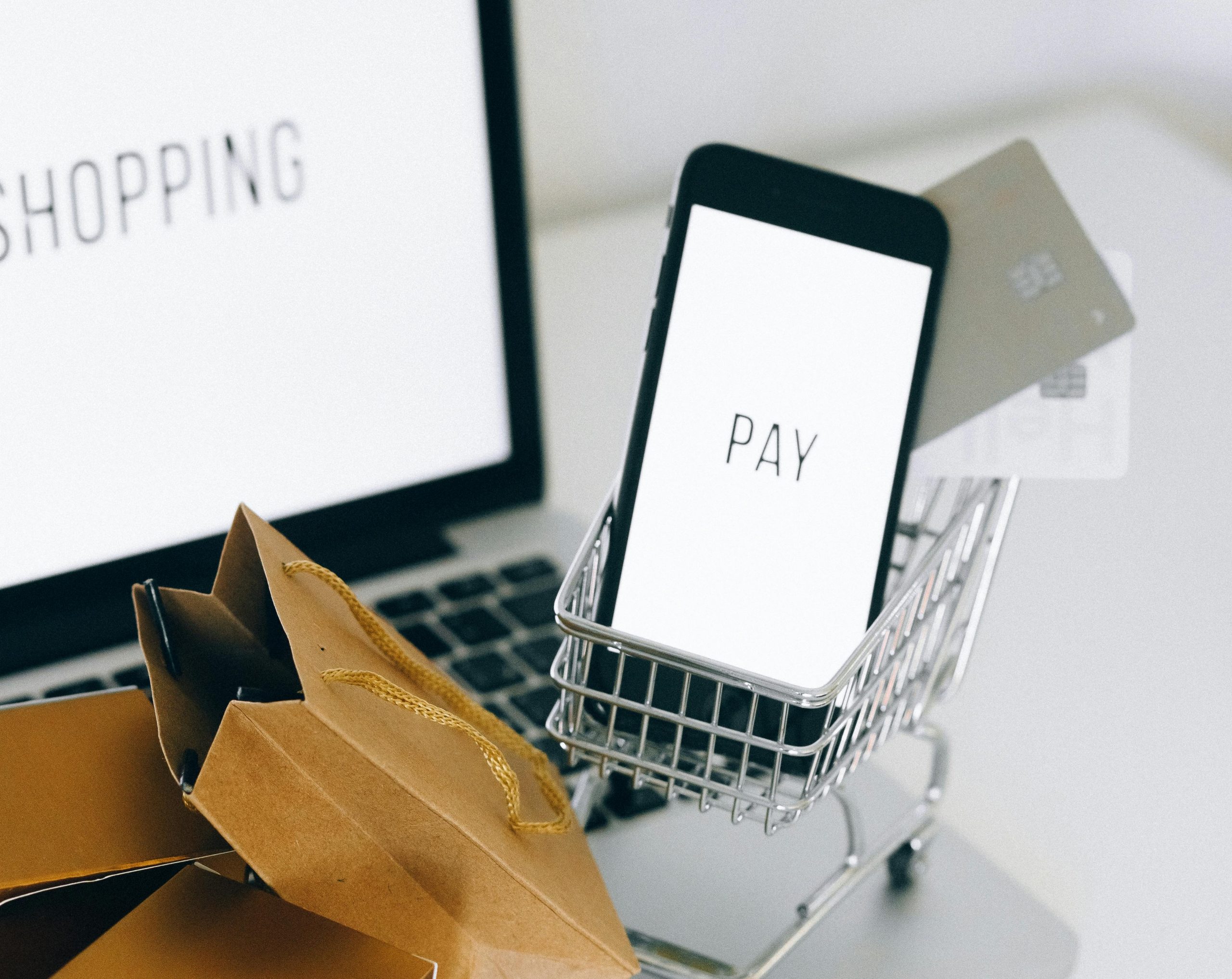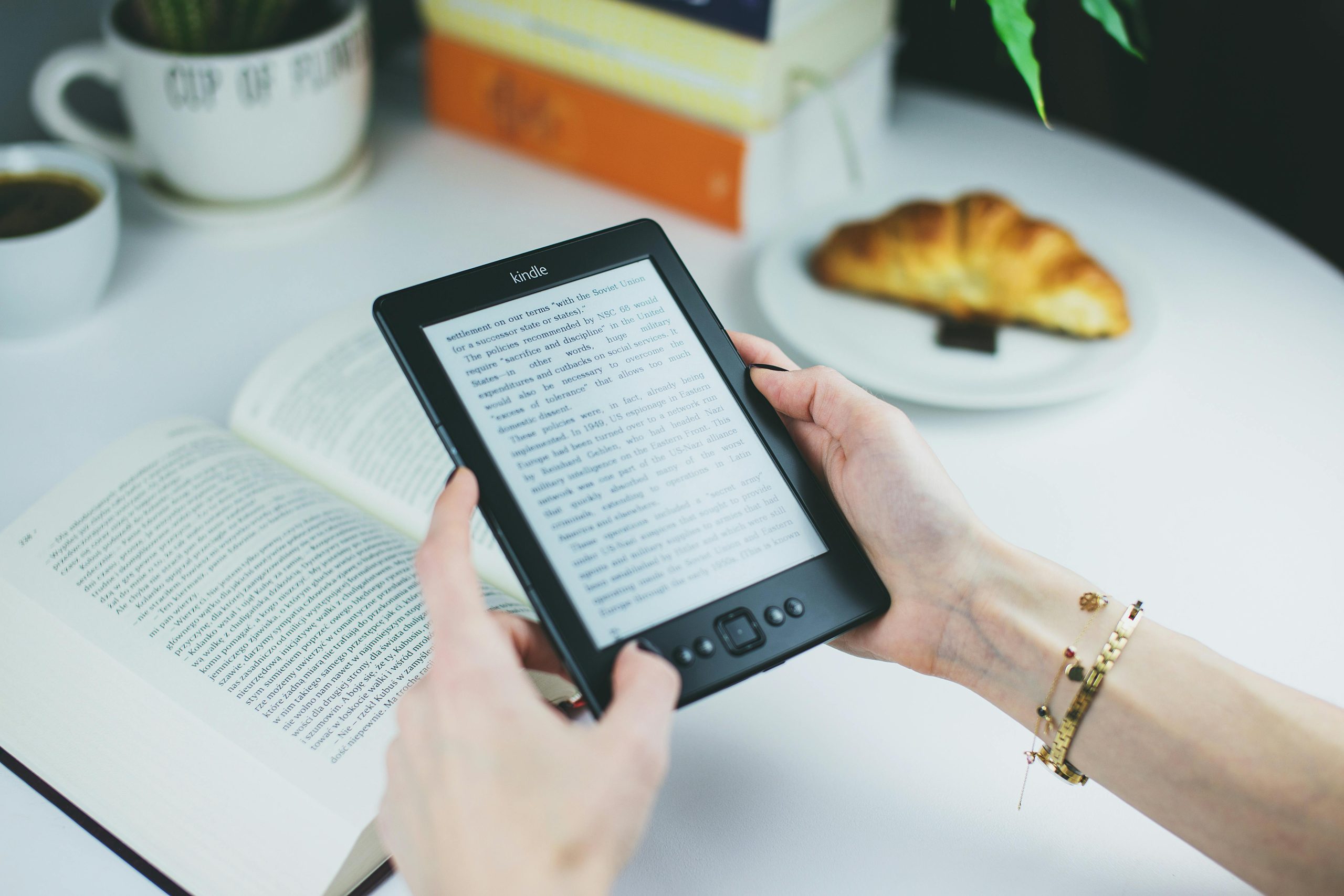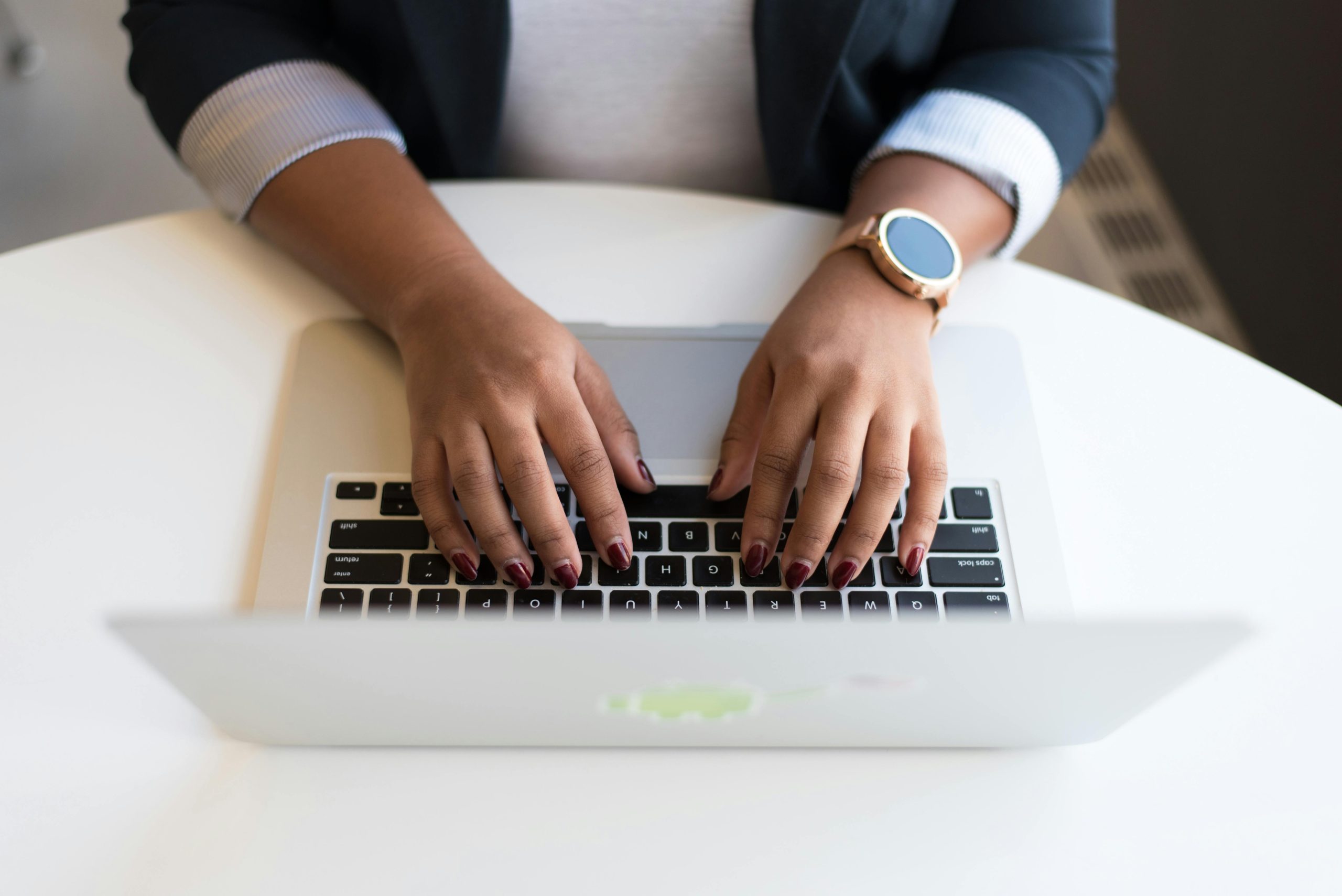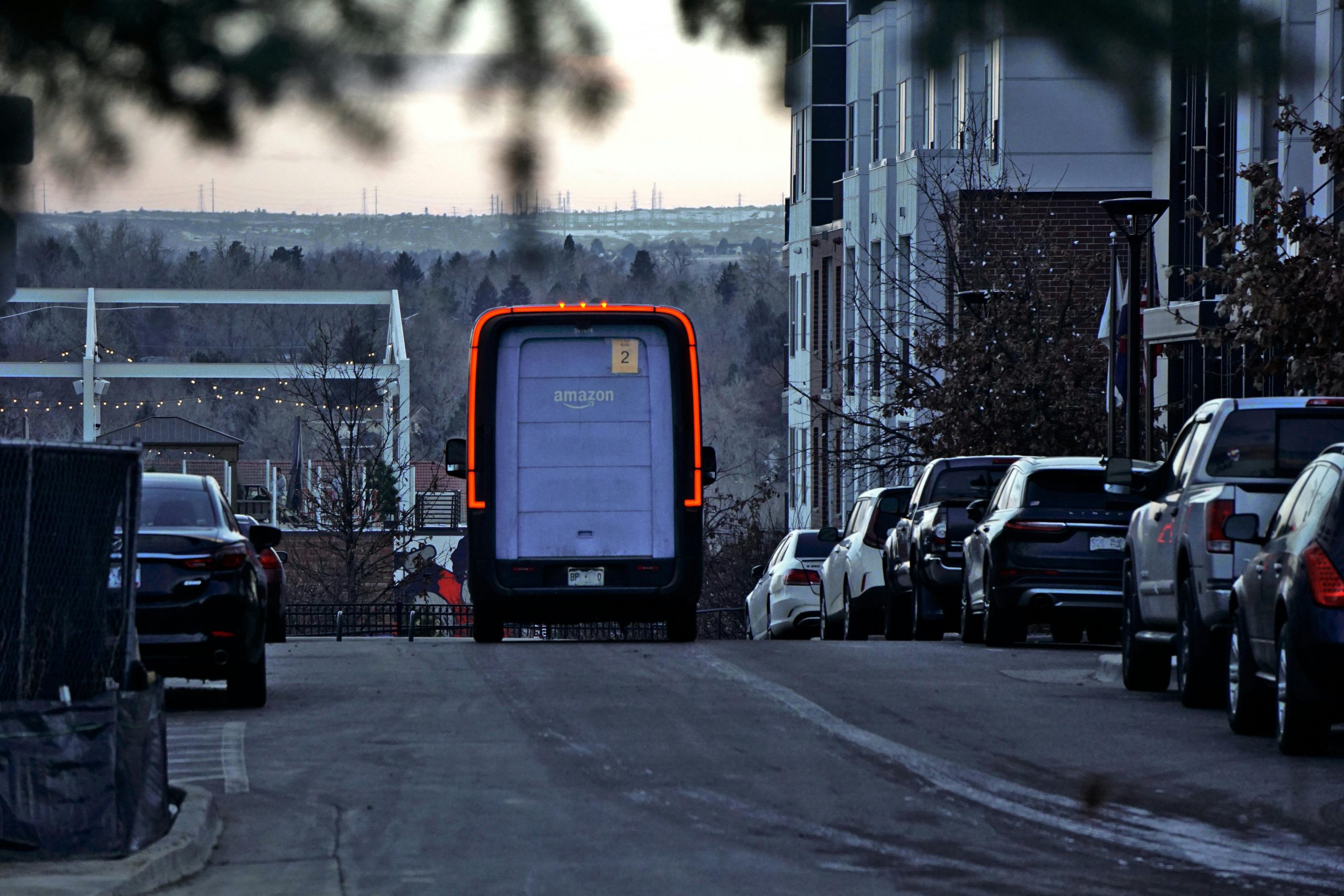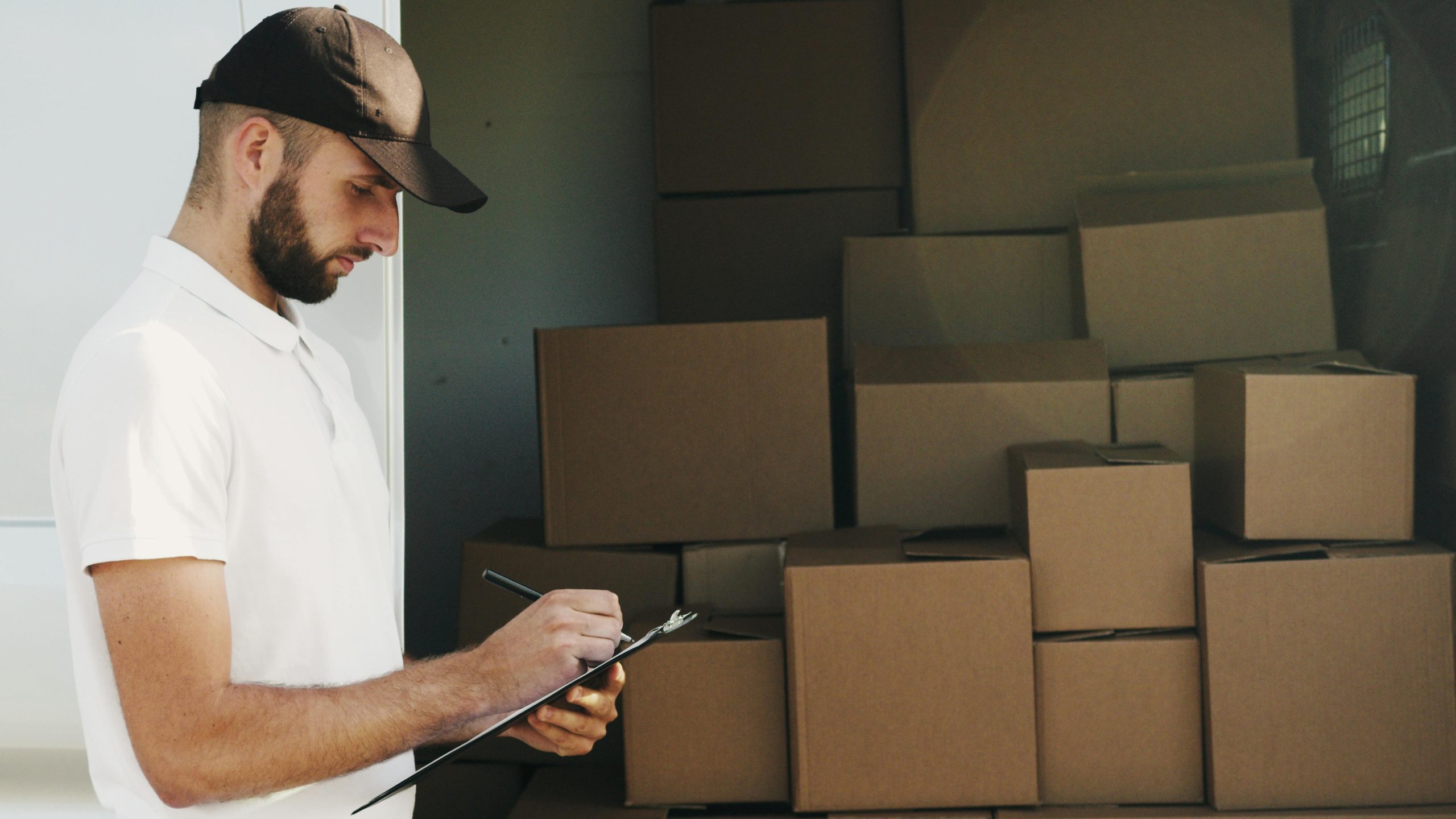When you’re selling on Amazon, you quickly realize that success depends on much more than just listing a good product. It’s about finding what sells, ranking well, managing ads, keeping your inventory tight, and making smart decisions based on data, not guesswork. That’s where tools like SellerApp, Helium 10, and our platform, WisePPC, come in.
We’ve worked with Amazon sellers long enough to know that the right software stack can either make your job easier or pile on extra work. So if you’re stuck choosing between these three platforms, this article is for you. We’re breaking down what each one does, where it shines, and how it fits into different selling strategies.
Comparison Table
Firstly, here’s a quick visual summary of how the platforms compare:
| Feature | Helium 10 | SellerApp | WisePPC |
| Product Research | Black Box, Trend tools | Real-time product database | Not offered |
| Keyword Tools | Cerebro, Magnet, Misspellinator | Keyword tracking & reverse ASIN | Performance-based insights |
| Listing Optimization | Scribbles, Index Checker | LQI, multi-platform support | Impact tracking only |
| PPC Management | Adtomic suite | A/B testing, automation | Real-time, multi-layered PPC |
| Historical Data | Up to 90 days | Limited | Stored for years |
| Visual Reporting | Basic charts | Custom dashboards | Multi-KPI, placement-level |
| Inventory/Forecasting | Refund Genie, inventory planning | Alerts, supplier tracking | Forecasting (in progress) |
| Mobile App | Yes | No | Web-based dashboard |
| Amazon Ads Verified Partner | Yes | No | Yes |
Different Focus, Same End Goal
All three tools exist for one reason: to help sellers grow. But we’ve each taken a very different route to get there.
Helium 10 has built a massive all-in-one ecosystem. From product research to listing tools to advertising, it tries to cover everything in one platform. If you’re just starting out or launching something new, this kind of one-stop-shop model might feel convenient.
SellerApp takes a more marketing-driven path. Their strengths are in campaign management, product insights, and helping sellers fine-tune their listings. It’s especially appealing for users who are already active on Amazon and want help with PPC and visibility.
As for us, at WisePPC, we’ve gone all in on performance. We don’t try to be everything. We’ve focused on deep analytics, advanced ad automation, and smart decision-making tools that help sellers scale without the guesswork. If you already have traction and want to spend smarter and grow faster, that’s where we come in.
Product Research: Broad vs Targeted vs Not Our Thing
When you’re in launch mode, knowing what to sell can make or break your next move. Helium 10 leads here with Black Box and Xray. These tools dig into Amazon’s catalog and uncover trends, sales estimates, and competitive gaps. It’s built for sellers who want to discover products with potential.
SellerApp offers its own research tools with real-time product intelligence, scanning metrics like revenue, BSR, and reviews. You get a big database to work with, though it’s not as niche-focused as Helium 10’s setup.
Now, we’ll be honest – product discovery isn’t something we offer at WisePPC. Our platform is built for sellers who already know what they’re selling and want to get the most out of it. If you’re launching something new, you might start with Helium 10 or SellerApp. Once you’re ready to drive serious performance, that’s where we step in.
Keywords and Visibility: Strategy Over Lists
When it comes to keyword tools, Helium 10 goes wide. Cerebro gives you reverse ASIN analysis. Magnet finds new keywords. Misspellinator even catches typos buyers make. It’s a smart stack for building listings or targeting PPC.
SellerApp’s approach is narrower but practical. You get keyword research and ranking tracking, plus reverse ASIN features. It’s simple, functional, and designed for quick results in ad campaigns.
What we do differently at WisePPC is focus on performance-level keyword insights. Instead of suggesting more keywords, we help you understand how your existing ones perform. We break it down by ad placement, match type, spend, and return, so you can stop spending money on what doesn’t convert and double down on what works. For us, it’s less about discovery and more about clarity.
Listing Optimization: Building vs Monitoring Impact
Creating high-quality listings is crucial, especially when you’re trying to improve conversions. Helium 10 offers several tools here – Frankenstein for grouping keywords, Scribbles for editing listings, and Index Checker to make sure your keywords are actually indexed.
SellerApp brings its own solution through their Listing Quality Index (LQI), which gives you a score and tailored suggestions. The added bonus? It works across more platforms than just Amazon, so it’s helpful if you’re multichannel.
We don’t currently offer listing creation tools at WisePPC, but we track what happens after a listing is updated. That means you’ll see how those changes impact metrics like click-through rate, conversion rate, and ROAS. If you’re optimizing your copy or changing your images, we help you know if it’s paying off.
PPC Management: Where We’re Built to Lead
This is the part of the stack that defines whether you scale or stall. And here’s where the differences are hard to ignore.
Helium 10’s Adtomic suite is solid. It automates campaign creation, supports bid management, and lets you manage ad structure. It works well if you want automation with some room to tweak.
SellerApp also puts serious effort into PPC. You can A/B test, automate bidding, and manage campaigns directly in their interface. It’s clean and user-friendly, and it gives you insight without being overwhelming.
But for us, PPC is the heart of WisePPC. We’ve built our entire platform around it. You get real-time analytics, inline editing for bids and budgets, placement-level reporting, and multi-account dashboards. We track over 30 performance metrics, support complex filters, and store your historical data for years, something Amazon and most tools don’t do. Whether you’re managing 10 ASINs or 1,000, we’ve designed our system to scale with you. And because we’re an Amazon Ads Verified Partner, you can trust that our data is clean and accurate, and that we’re aligned with Amazon’s best practices.
Analytics and Reporting: Surface-Level or Deep Dive?
This is where we believe most tools fall short. You can’t make smart decisions if you’re only looking at surface data.
Helium 10 does give you access to daily reporting and trends. But long-term analysis is limited. Once you go beyond the 90-day mark, you’re mostly on your own.
SellerApp offers trend analysis, too, especially around PPC and sales. You get access to dashboards and alerts that help guide your strategy.
We’ve taken a more aggressive approach to analytics. WisePPC stores years of historical data, even on our basic plans. You can compare this year’s Prime Day to last year’s, analyze how a keyword performed across multiple products, or spot trends over months. We also support advanced charting with up to six metrics at once, critical data segmentation, and real-time campaign feedback. We don’t just give you the numbers – we give them context.
Support and Experience: Who’s Actually There for You?
It’s easy to overlook support until something goes wrong. But once it does, the kind of help you get can seriously shape your experience with a platform.
- Helium 10 has a detailed help center and active forums where users share solutions and tips. Direct support is available, but response quality often depends on your subscription tier.
- SellerApp tends to get good feedback for support speed. They offer email and live chat, and most sellers report getting helpful answers within a day.
- At WisePPC, we take a more personal approach. Our goal isn’t just to answer tickets – it’s to support your growth. During beta and beyond, you get: direct access to our team for questions and feedback, a clear path to request new metrics or features, in-app guidance exactly where you need, a product shaped by real user input, not guesswork
We built WisePPC because we were frustrated by tools that felt distant and rigid. So we decided to do things differently – more open, more responsive, and more focused on what actually helps.
Conclusion: What’s the Best Fit for Your Workflow?
There’s no universal winner here. Each platform does a few things really well, and your choice depends on where your priorities lie.
If you’re still trying to figure out what to sell and want a platform that holds your hand through product research, Helium 10 makes sense. It offers a wide range of tools built for sellers starting from scratch or managing a large catalog.
SellerApp is a solid middle ground. It’s especially good for sellers who are already active on Amazon and want help managing PPC campaigns, researching products, or improving listings without breaking the bank.
And then there’s us – WisePPC. We’re not here to do everything. We’ve zeroed in on one thing: helping serious sellers get more from what they’ve already built. If your biggest headache is figuring out what’s actually driving results and how to scale smartly, that’s exactly what we’ve built WisePPC for. You’ll get the kind of insights and control that help you stop wasting time, start cutting spend, and grow with confidence.
Whichever tool you go with, make sure it actually supports the way you work – not the other way around.
Frequently Asked Questions
Do I need to use all three tools together?
You don’t have to, but some sellers do. For example, they might use Helium 10 for product research, SellerApp for quick PPC testing, and WisePPC to manage and scale campaigns more effectively. It depends on how complex your setup is and how much hands-on control you want.
Is Helium 10 better for beginners?
Yes, in many cases. Helium 10 is designed to help sellers from the ground up, with tools for product discovery, keyword planning, listing creation, and even launch support. It’s a lot to take in, but if you’re just starting, it gives you a wide toolkit in one place.
What makes SellerApp different from Helium 10?
SellerApp focuses more on marketing execution and PPC management than Helium 10, which leans toward research and listing tools. SellerApp is simpler and more affordable but has fewer advanced features. It’s good if your main need is campaign improvement and listing cleanup rather than building from scratch.
Where does WisePPC fit into the mix?
We built WisePPC specifically for sellers who are already running ads and want to stop flying blind. Our platform is all about visibility and control – what’s really working, what’s draining your budget, and how to scale based on clean data. It’s not for product research or listing creation. It’s for performance optimization.
How accurate are the tools when it comes to sales and keyword data?
No tool is 100 percent accurate because Amazon doesn’t share everything. Helium 10 and SellerApp both use estimations based on scraping and their own algorithms. We work with verified Amazon Ads integrations, so the data you see inside WisePPC comes directly from your campaigns. That means less guesswork and more real-time tracking.


















